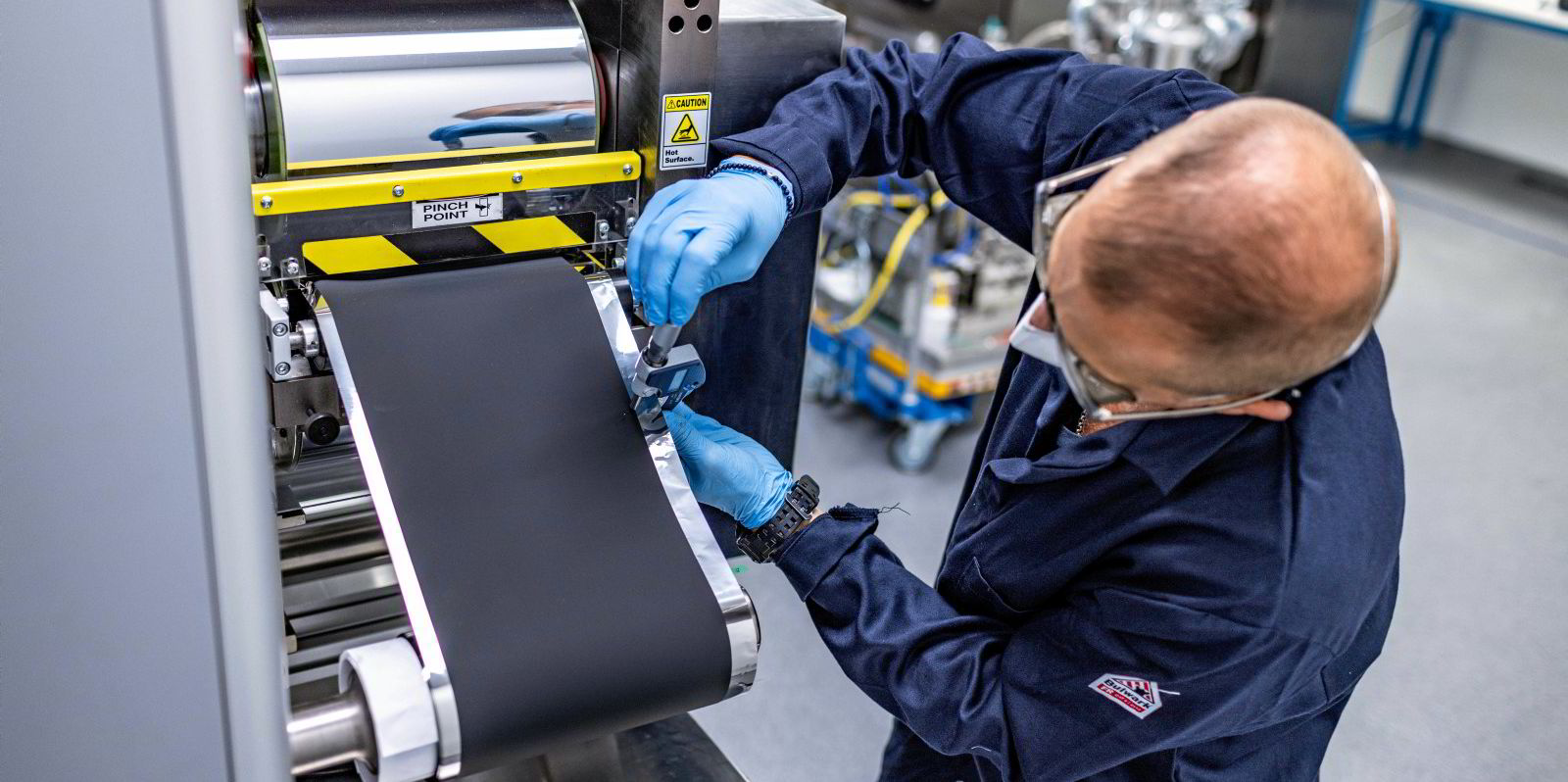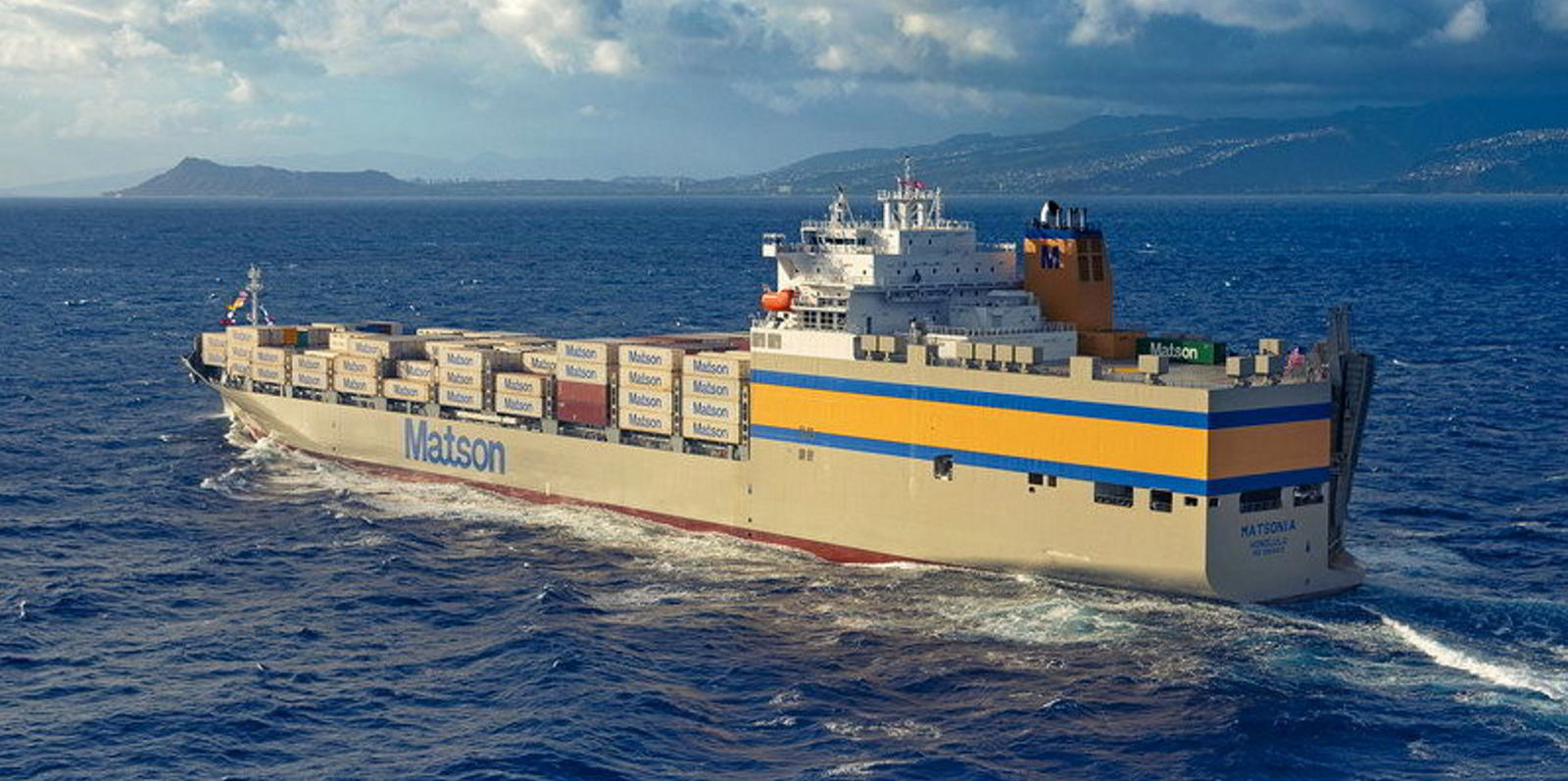Typically thought only to be suitable for smaller ships or shorter trades, Alsym Energy believes there is a future for batteries on the high seas.
The Massachusetts-based battery company has a deal in place with Singaporean ship manager Synergy Marine and Japanese shipowner Nissin Kaiun to develop battery technology for their ships and chief executive Mukesh Chatter told TradeWinds that Alsym is having discussions with several others.
Fully battery-powered oceangoing ships, he suggested, are not some far-fetched idea.
“In the two situations we are in with oceangoing vessels, in one case the focus is on peak shaving. Equal focus is on getting within 20 miles [32 km] of the border,” Chatter said, referring to the use of a battery to reduce peaks in an engine’s operational load to improve efficiency.
“In the other case, the focus is on within 20 miles of the border while the vessel is [entering] the port.”
Larger ships have tended to look at alternative fuels such as methanol, ammonia or hydrogen to cut carbon emissions, while ferry operators, tug owners and owners of smaller, coastal cargo ships have looked at electrification.
There have been attempts for the larger ships: AP Moller-Maersk attempted to run one of its container ships on battery power in 2009 but gave up, citing issues with the size of the batteries necessary and their efficiency.
Denmark’s Terntank Rederi has taken a similar tact to the Synergy-Nissin Kaiun-Alsym strategy thanks to backing from Denmark’s climate change fund, installing battery packs on two 15,000-dwt product carriers.
“I think what’s going to happen is that the port calls, for example, that’s a good application,” Chatter said. “Anywhere from between 4 [and] 10 MWh kind of batteries for large cargo ships would be good to support the peak shaving application and support within 20 miles of port application.

“For the rest of the engines, they’ll still use the fuel that exists for the early few years.”
Eventually, ships could have two sets of batteries that would alternate between use and charging, cutting back further on traditional liquid fuels, although Chatter admits that is “a little bit further out”.
For now, Alsym’s batteries will focus on propulsion close to port and peak shaving — using the power generated by batteries as a substitute to engine-generated electricity — as well as powering berthed ships. Batteries can be tacked in the engine room or packed into a container to maintain revenue-generating space on board.
Another factor in Alsym’s attractiveness to the industry, Chatter said, is safety, as the company’s batteries eschew lithium — which is potentially flammable when mixed with water — and cobalt for manganese oxide, water and other compounds.
The company intends to begin producing test batteries at its facility in Massachusetts later this year with on-board testing at some point next year.
Chatter said the company has not yet begun the process to get class certification.
It hopes it will be able to begin producing and installing batteries by 2025 and the deal with Synergy and Nissen Kaiun has it supplying 1 GW of batteries per year for three years, or enough for about 100 ships, Alsym said.
“The zeal is there, the desire is there to decarbonise” shipping, Chatter added. “The solution was missing.”






